Why he matters?: He was an early fan of iced drinks.
The first-century Roman emperor Nero had a ‘controversial’ reputation, to say the least. Not only did he – allegedly – fiddle while Rome burned, but he was an ineffectual leader in a time of crisis.
Ice was a luxury enjoyed by only the wealthiest of Romans. Big blocks of glacial ice were transported down from the mountains, chiselled away and added to wine and juices as a luxurious treat.
This remained more or less the standard for a couple of millennia including the English King Henry III who famously added lumps of ice and snow to his drinks to impress guests. Then president Thomas Jefferson also used it to cool the presidential wine, aided by an ice house he built for the White House under what is now known as the West Wing.
5 pioneers of the new Ice Age
05 January 2023
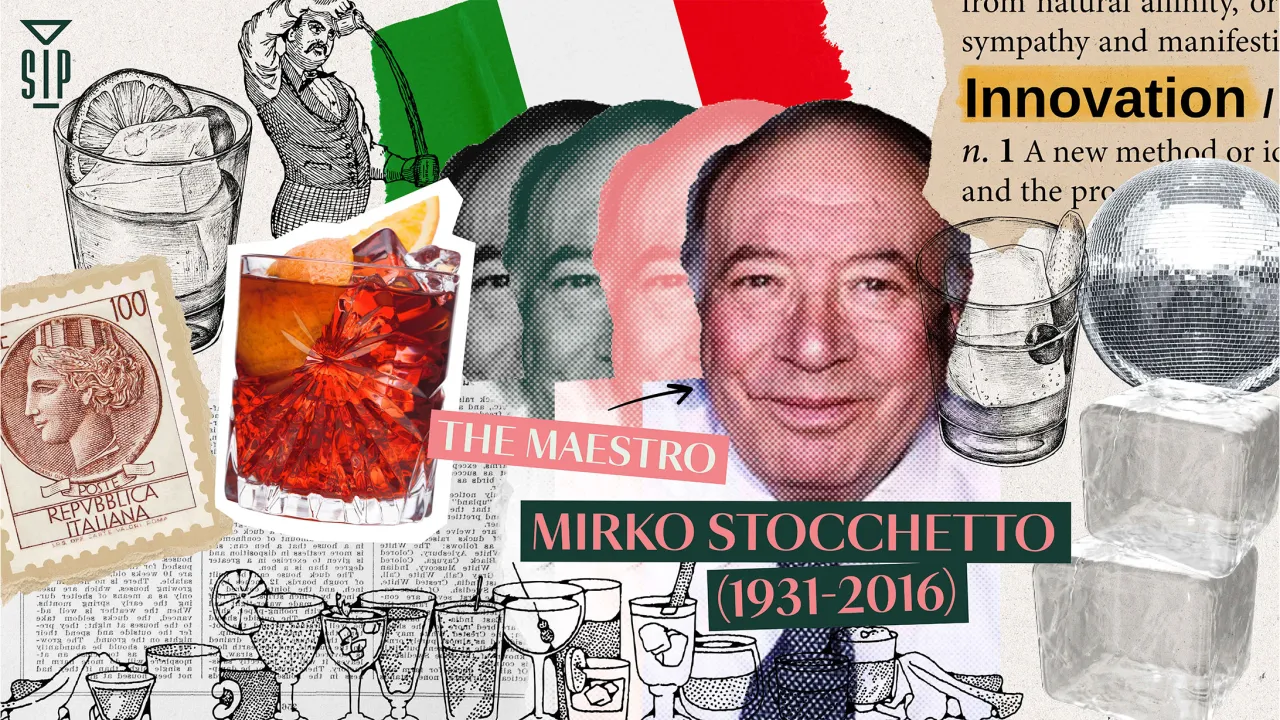
It’s time for an icy conversation. Yes, that cold crystalline building block to a truly great drink. Big, small, shaved, or spherical, it’s the only ingredient that every cocktail needs to have and yet its importance is often overlooked. It wasn’t always as simple as filling up a cube in a freezer tray, either. Cocktail savant Richard Boccato takes us through 5 key moments in the history of this unsung hero.
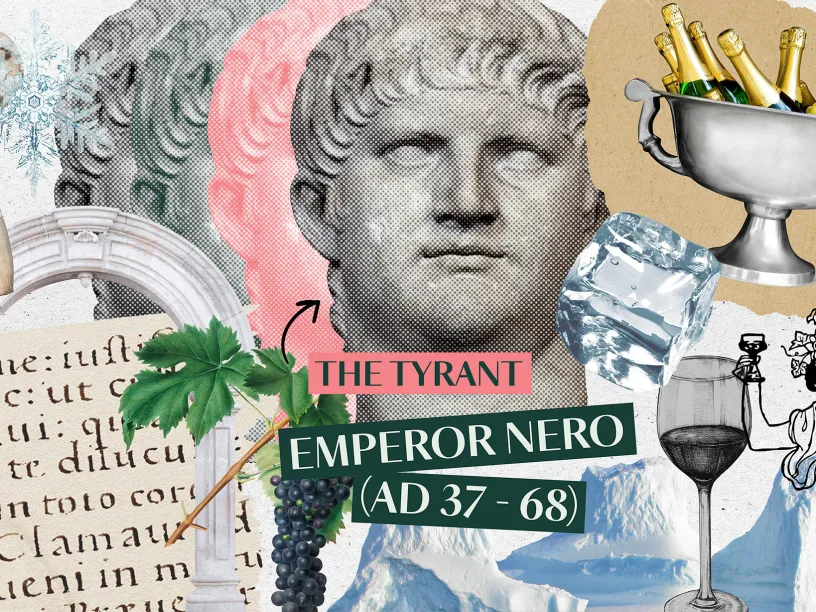
Emperor Nero or 'The Tyrant'
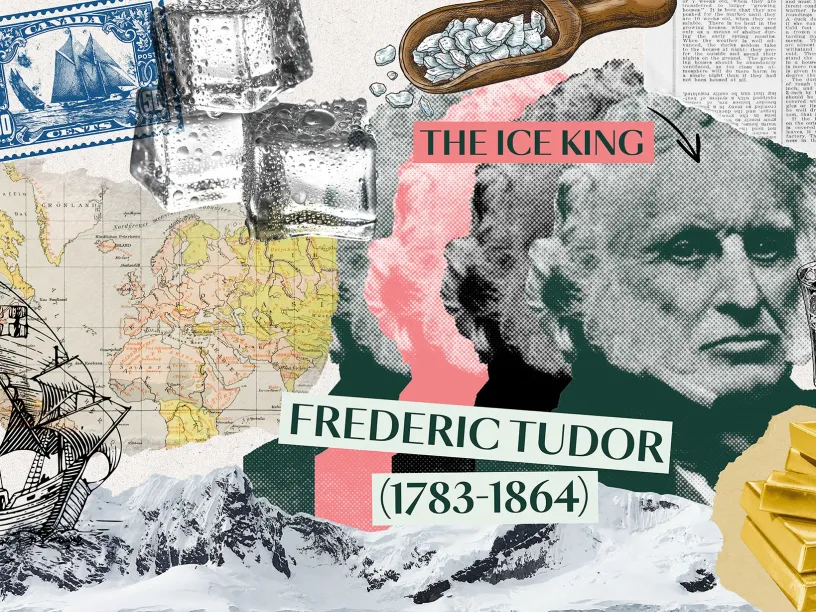
Frederic Tudor or 'The Ice King'
Why he matters: He brought ice to the masses.
This is Frederic Tudor, the ‘Ice King’. A Boston-born businessman and merchant, he had the ambitious idea of shipping large blocks of ice from frozen lakes in New England to ports in the Caribbean, Europe, and as far flung as India and Hong Kong.
His maiden voyage left port in 1806, winding its way down towards Martinique. “We hope this will not prove a slippery speculation,” said the Boston Gazette. And indeed it was. A large quantity melted in transit and there was nowhere to store it on arrival.
But Tudor persisted “in the manner of a drug pusher”, according to one historian, experimenting with various kinds of insulation, including wood shavings and sawdust. He eventually built a vast empire of ships and ice houses, making his fortune off the back of these beautiful crystal-clear blocks and sparking a demand for ice cold refreshments the world over.
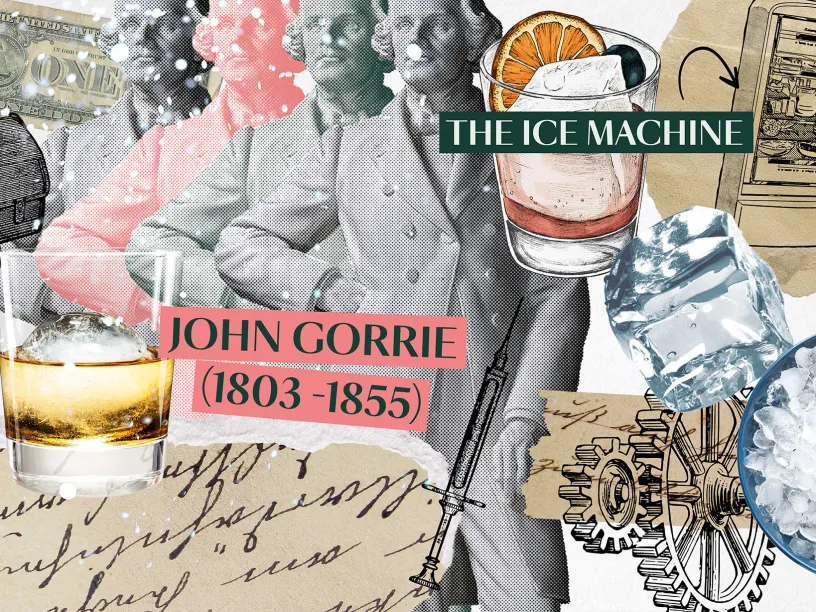
John Gorrie and the ice machine
Why he matters: He made ice more affordable.
Dr John Gorrie is remembered as the father of air conditioning. But he also pioneered the ice maker.
Amid an outbreak of yellow fever in Florida in 1833, Gorrie suspended ice above his feverish patients. But the natural-ice industry was still expensive. So, Gorrie began experimenting with making ice artificially, and in 1851 was granted the first US patent for mechanical refrigeration.
Gorrie’s invention ushered in the first ice age in cocktails, with shaved ice suddenly found lumped atop mint juleps and cobblers. He also paved the way for modern refrigeration. By the mid-20th century, ice could be found at the drop of a cocktail parasol.
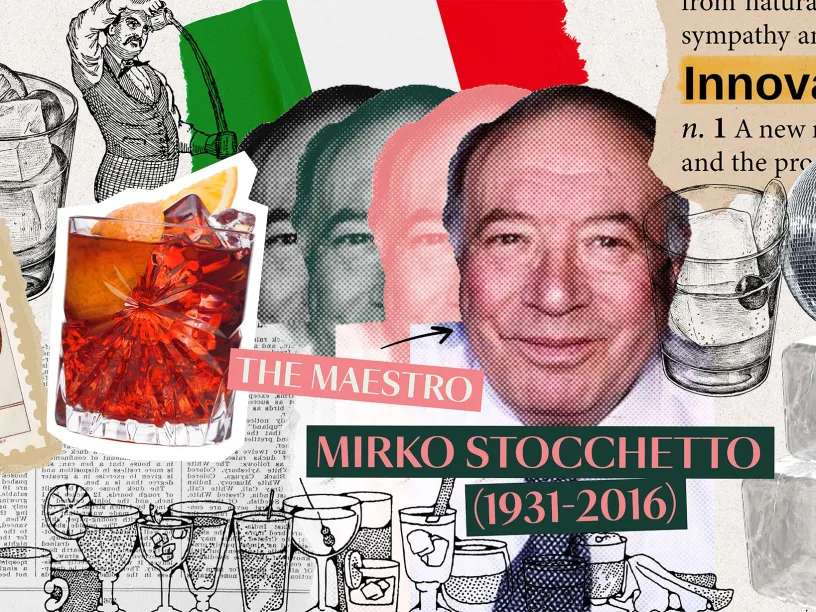
Mirko Stocchetto or 'The Maestro'
Why he matters: He inspired a generation of bartenders to take ice seriously.
In the 1960s at Bar Basso in Milan, Venetian-born barman Mirko Stoccheto was the godfather of modern mixology.
Starting off at the prestigious Harry’s Bar in Milan, he could assemble a drink perfectly ‘by eye’ and went on to invent over 100 different cocktails. His most famous? The negroni sbagliato, a hearty mix of red vermouth, bitters and prosecco.
Maestro Stoccheto also championed ‘big’ or ‘clear’ ice, carving fit-for-size cubes from large blocks sourced from a local Milan ice factory. This was an exact science. Frozen directionally, these big blocks of cold carved to the appropriate size could achieve the optimal temperature and water content in a cocktail in unison.
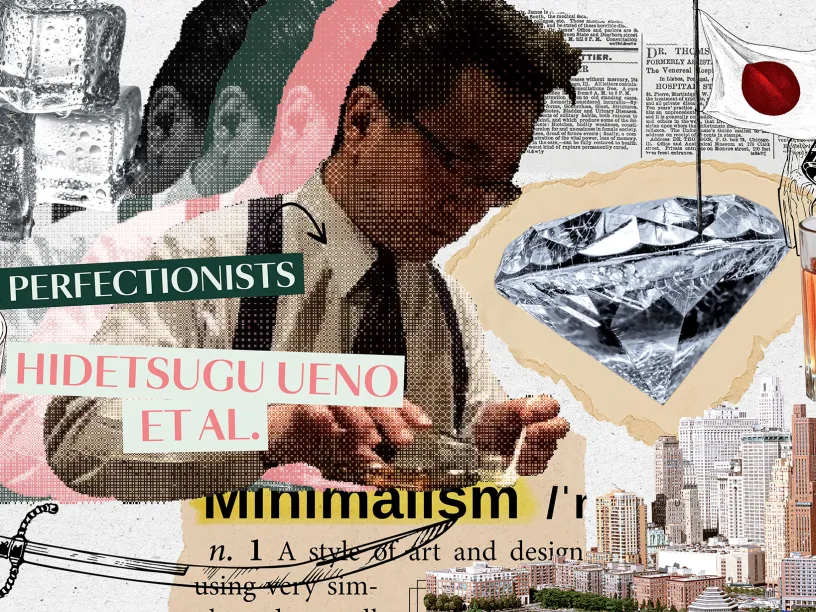
Hidetsugu Ueno et al. or 'The Perfectionists'
Why they matter: They brought quality ice into the mainstream.
Inspired by Japanese bar culture – characterised by technical mastery and meticulous attention to detail – a cocktail renaissance took effect in New York in the early noughties.
Many bartenders looked to emulate the likes of Hidetsugu Ueno, a master carver who used a blade to fashion intricate ice diamonds at Bar High Five in Tokyo.
Many of the city’s best cocktail bars – starting with Dutch Kills in Queens – started to source 300 lb. (136 kg) ice blocks known as ‘cakes’ from local ice purveyors including Okamoto, an award-winning Japanese ice sculpture studio.
Using a Clinebell machine, water is constantly pumped around two 40-gallon (180 litre) chambers to jettison any bubbles or impurities as it slowly freezes for three days. Primo stuff.
Related Shows
© World’s Best Bars 2025. All Rights Reserved.
Content to be shared with those over the legal drinking age only - Enjoy responsibly.
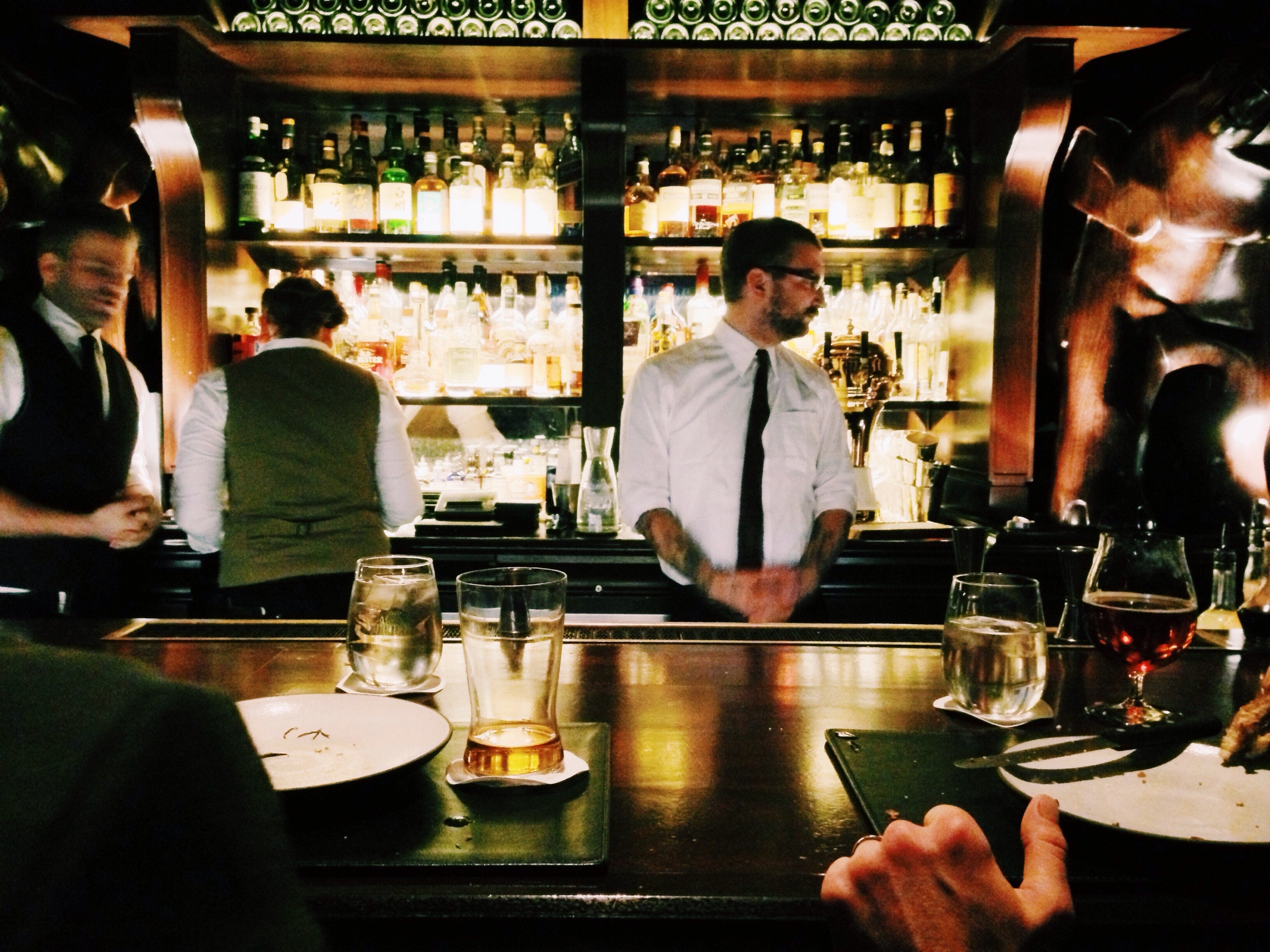
Check your email
If we recognize your account, a link to reset your password has been sent to your email address. If you haven’t received it, please check in your spam folder and add to whitelist.
Check your email
A link to activate your account has been sent to your email address. If you haven’t received it, please check your spam folder and add it to whitelist.









